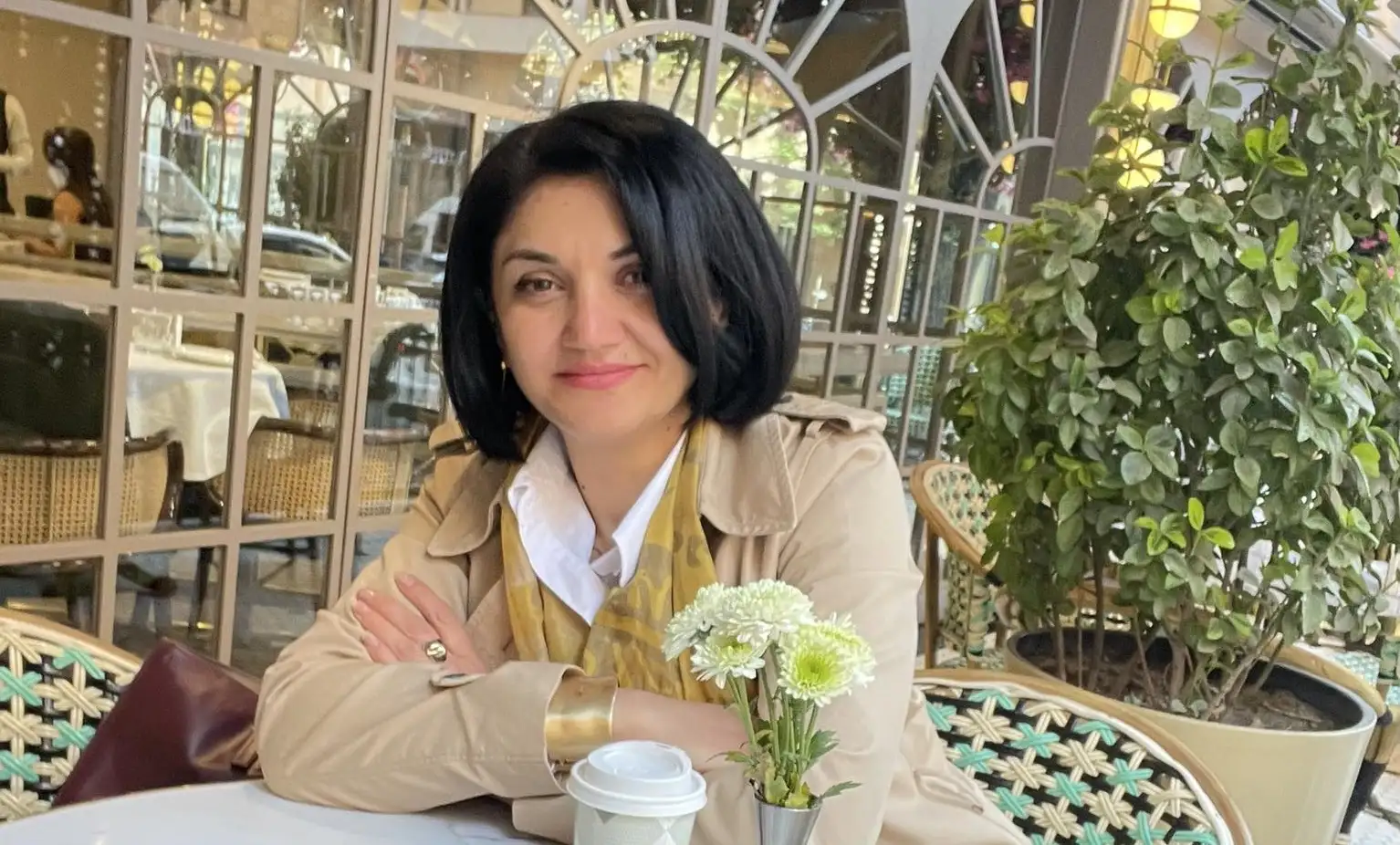Today is the Feast of the Transfiguration of Christ, or as the people say, Vardavar.
The Feast of the Transfiguration of Jesus Christ is the third of the five feasts of the Armenian Church.
Our Lord Jesus Christ, according to the Gospel, St. Petros, S. Hakobos, and S. John ascends Mount Tabor with the apostles to pray. At the moment of prayer, Jesus transfigures before them. "The face shone like the sun. and His garments became white as light” (Matthew 17:2, Mark 9:2, Luke 9:29). In front of the amazed eyes of the disciples, Christ speaks with Moses, who died about a thousand years ago, and with the prophet Elijah, who ascended to heaven in a fiery chariot. Saint Luke, the evangelist, says that they were talking about the events of the last days of Christ's earthly life, which were to take place in Jerusalem (Luke 9:31). Amazed by the beautiful sight, St. Peter the Apostle exclaims: "Reverend, it is good that we stay here. Let us build three booths, one for You, one for Moses, and one for Elijah." While He was speaking, a bright cloud overshadowed them, and a voice from the cloud announced: "This is my beloved Son, in whom I am well pleased; listen to Him." Calming and raising the fallen apostles, Jesus orders them not to tell anyone about what they saw and heard until the Son of God is glorified.
This holiday is also known as Vardavar. During the festival, one of the folk customs is to sprinkle water on each other and release doves, which symbolize the flood, the salvation of Noah's family, and Noah's dove. It is also customary to decorate with flowers, which is an expression of great joy on the occasion of the appearance of the glory of God.
Vardavar is a pagan holiday of origin, which, according to the views in Armenology, was connected with the worship of goddesses Astghik and Anahit.
Since ancient times, after completing the main field work and harvesting the grain in July, it was customary to organize a great festival, blessing and making sacrifices to the forces patronizing the field. Thus, one of the necessary manifestations of the festival was to carry bundles of spikes and even baskets by the temple, paying tribute to the gods who helped the growth of those spikes, to sacrifice a lamb near the sources of water in the shrines to pray to the spirits of the waters, honoring the forces that patronize the water that is so necessary for fieldwork.




















